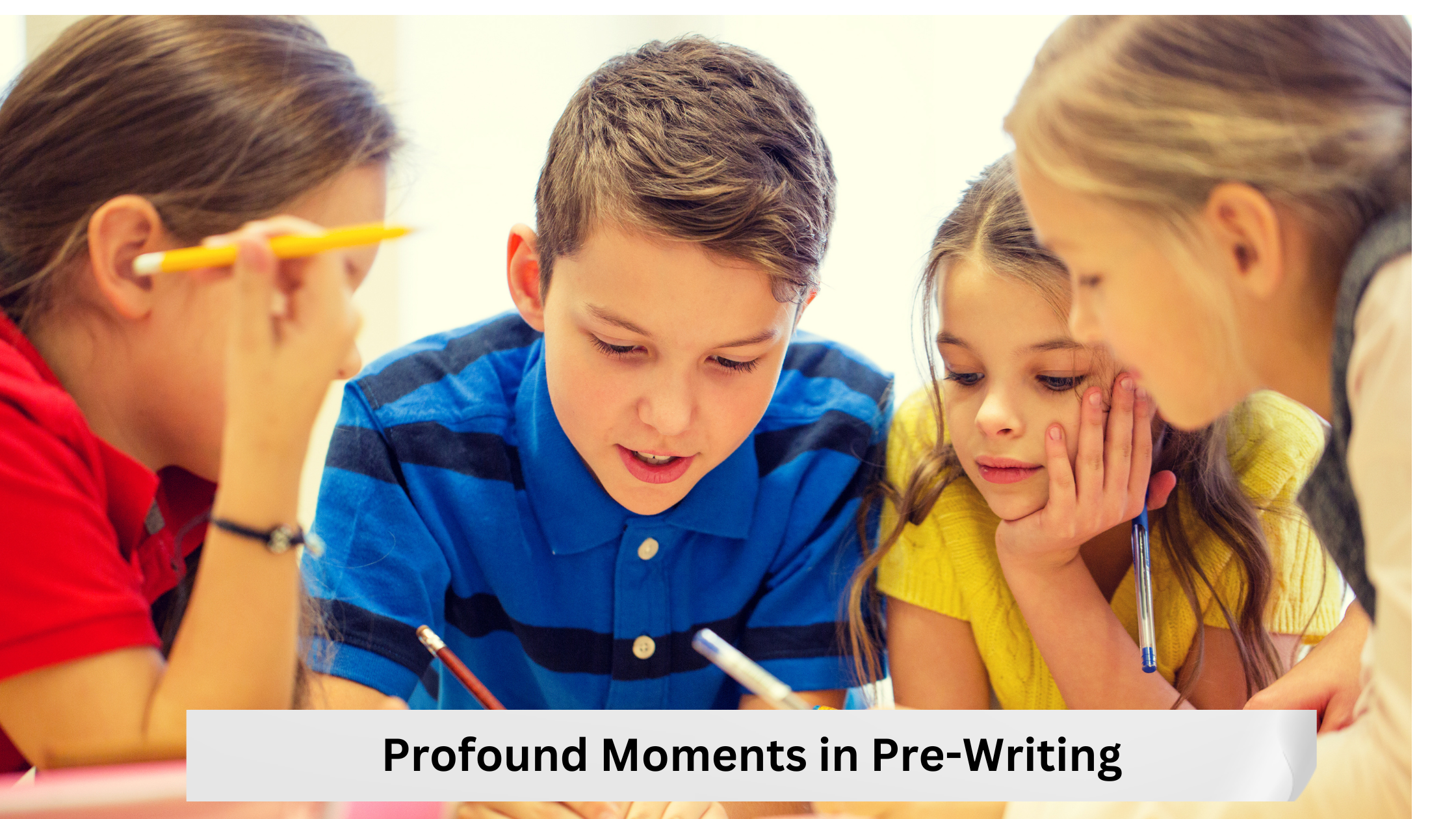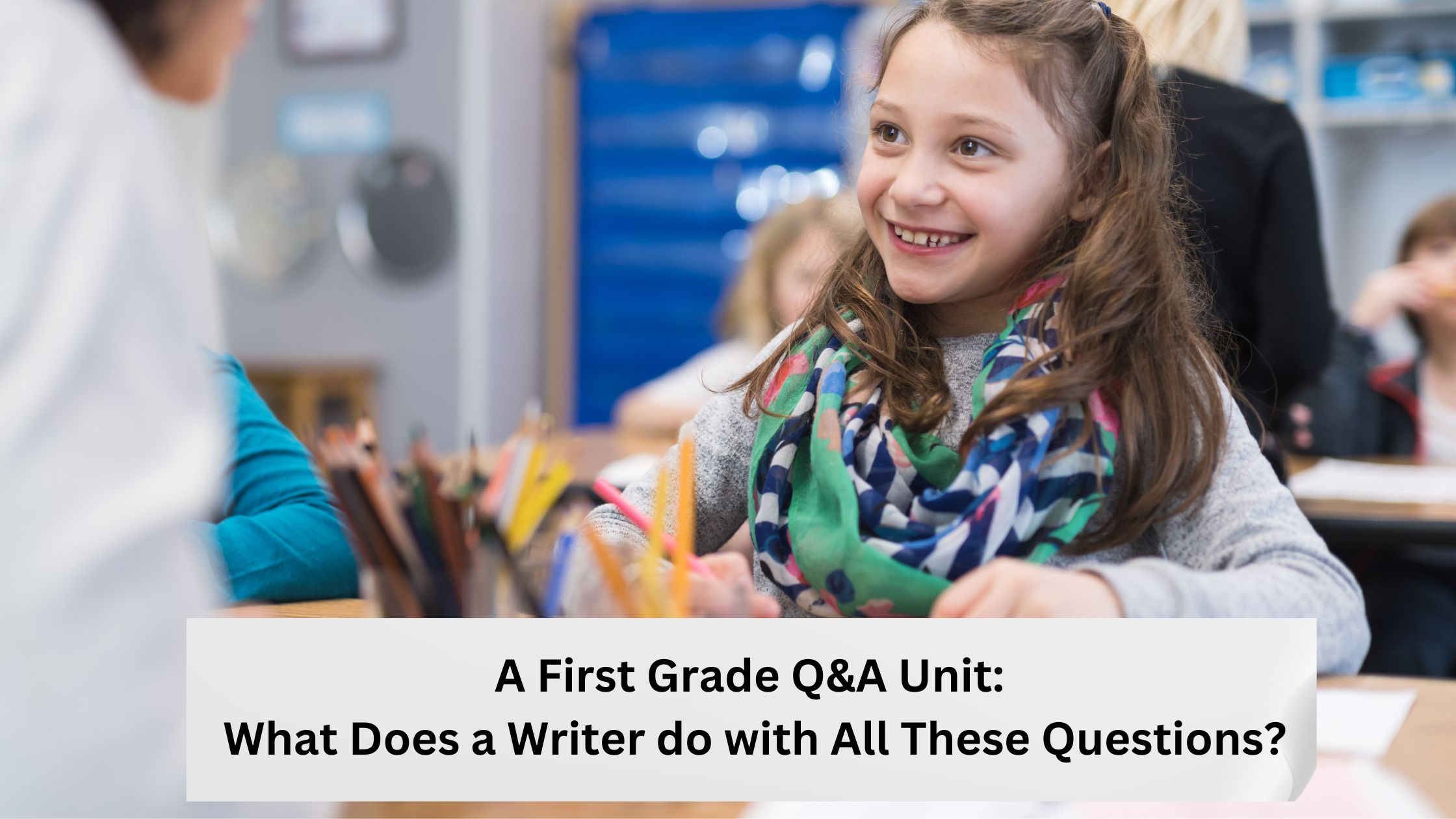Welcome back! This is our last blog post in our series on developing teaching points from mentor texts.
Last week, we dove into an understanding of what craft and process studies are. See this post if you are not familiar with these types of studies.
As a continuation on the topic of craft and process studies, we are featuring an example process study this week: Revising.
When we implemented craft and process studies in my previous district, this was one of the most powerful units because it truly changed the mindset our students had about revision. Revision is often a dreaded part of the writing process for students. They often lack the motivation to go back and change their writing, especially if they are an unengaged writer to begin with. When we took on this unit, it was one of our unit goals to change the mindset of our writers in regard to revision. We had other priority standards we taught in tandem with this, however, changing their mindset was the game changer that allowed them to better master the standards!
Although Donald Murray (1982) argues that writing is rewriting, students often see revision not as an opportunity to develop and improve a piece of writing but as an indication that they have failed to do it right the first time. To them, revision means correction. Revision, however, is the heart of the writing process – the means by which ideas emerge and evolve and meanings are clarified. We have to work to shift students mindsets from “correctors” to “revisers.”
Before we dive into teaching points, you need to know a few key differences in this process unit as compared to genre units. In a process unit such as revision, students get the choice of genre they write in, which increases engagement. Revision techniques can be applied to lots of genres, so genre doesn’t matter.
Another key difference is the mentor texts. A large majority of your teaching points will likely come from your teacher mentor text (the text YOU wrote and revised) and perhaps revisions from the work of students. With that said, there is one phenomenal resource you can use as a mentor. Harry Potter: A History of Magic has some phenomenal examples of the revisions J.K. Rowling did in her writing. This would be appropriate for upper grades.
Another source you’ll want to pull from is the revision videos on authortoauthor.org. These videos feature published authors and their thoughts on revisions. It’s a great source to see the value in revising, different ways to approach revising and to build writing identity as your student authors connect to published authors.
As you go into this unit, you will want to be clear on the difference between revising, editing, publishing and recopying.
- Revising: Improving the quality of writing by adding, deleting, changing or moving
- Editing: Making the conventions of writing (spelling, grammar, punctuation) more correct
- Publishing: The act of making writing public in some way by sharing it with the world. Writing doesn’t have to be recopied, edited, or revised in order to share it, and writing isn’t published until it is shared.
- Recopying: Rewriting a piece of writing to make it easier to read.
You’ll also want to consider key questions you’ll ask in this type of unit. It could include the following:
- What revisions have you made in your writing?
- Which is the most effective revision decision you have made as an author?
- What have you done well in your writing?
And, finally, what are some teaching points you would have in this type of unit? Some possibilities are below. We will split them up into “Mechanics of Revision” and “Revisions to Improve.” Teaching points you choose are based on what your students need, which might vary from year to year. Or, it might vary depending on how much they learned about revision in previous years as well as your building’s focus on changing mindsets about revision.
Mechanics of Revision Teaching Points
- Knowing when to cross out and when to erase
- Using a number system to show where extra paragraphs go
- Using arrows to show where extra sentences go
- Adding a paragraph
- Taping a s slip of paper on to add a sentence or paragraph
- Crossing out
- Writing on the back
- Adding a word
- Adding a sentence by writing above
- Taking pages out of your book (primary)
- Adding a page in your book (primary)
- Knowing which mechanics works for you the best
Revisions to Improve Teaching Points
- Reflecting on your writing
- Setting goals for improving your writing
- Revising as you go
- Revising after you’ve drafted the entire piece
- Knowing when to add to your writing
- Word choice
- Sentence structure
- When to delete information/sentences
- Rereading writing at the start of the day to see what to revise
- Looking at your writing through a lens of strength
A Final Note
This may be a different type of unit than what you are used to teaching. You will likely experience a learning curve, just as your student authors will. But, it is a unit that will allow them to grow exponentially in their revising, which will then impact every single unit you teach this year. One of the most powerful things you can do to set yourself up for success is to be a writer and reviser yourself. Spend some time before this unit doing some writing that is like the writing your kids may do. Practice revising and notice what revision moves you make. Notice your disposition towards it as well as your energy for revising. This will allow you to teach in a way that you otherwise may not.
What’s the research and best practice behind this type of study? A small sampling of the research is below.
- In The Writing Rope: A Framework for Explicit Writing Instruction in All Subjects, Joan Sedita discusses the power of the writing process being used to build critical thinking. She goes on to say that classroom routines that encourage students to follow all stages of the writing process and writing tasks that are appropriate to students’ interests and abilities are also important.
- The ability to capitalize on collaboration and feedback during the writing process is inherent in this type of unit. John Hattie’s research is solid on this topic. You can find information on the power of feedback at https://www.visiblelearningmetax.com/. Feedback has the ability to considerably accelerate learning, according to Hattie’s work.
- A community of writers should include the teacher as a member of that community. Teachers who model the importance of writing to communicate, the perseverance necessary for revision, and “sharing the pen” with their students have a greater impact on the quality and composition of their students’ writing (Curry, 1997; Troia & Graham, 2002).
- For the novice writer, however, revision appears to be synonymous with editing or proofreading. An NAEP (1977) study found that students’ efforts at revision in grades 4, 8, and 11 were devoted to changing spelling, punctuation, and grammar. Students seldom made more global changes, such as starting over, rewriting most of a paper, adding or deleting parts of the paper, or adding or deleting ideas (Applebee, et al., 1986).
- Calkins (1986) recommends that students discuss positive rather than negative aspects of their writings. “Why not,” she asks, “ask them to find bits of their writing—words, lines, passages—which seem essential, and then ask them to explore why these sections are so very significant?”
- Publishing student writings can be a powerful means of motivating revision. Publication instills pride and provides an incentive to produce good work. Giving students the opportunity to share their writing with classmates, parents, friends, newspapers, or newsletters, or through oral presentations to other students shows them that quality matters, “and that quality is achieved through revision” (Balajthy, 1986). Providing students with in-class time for revision and allowing flexibility in due dates are ways to encourage students to engage in more extensive revision.



